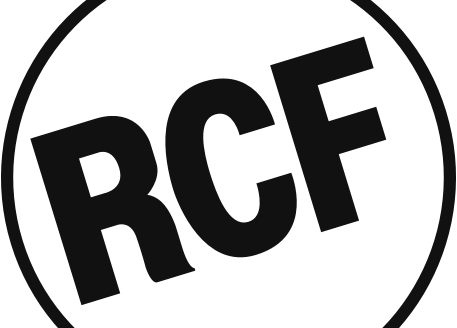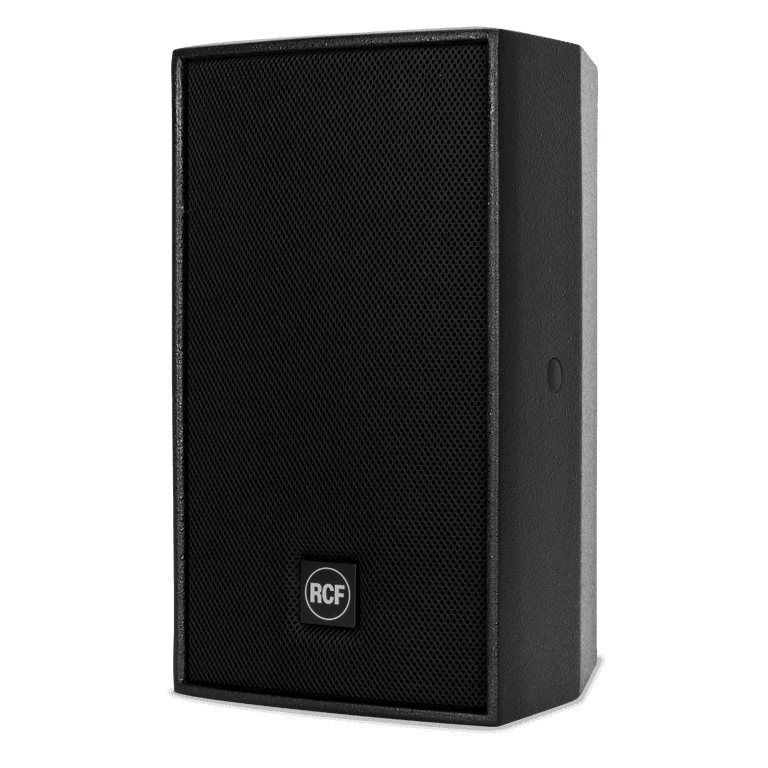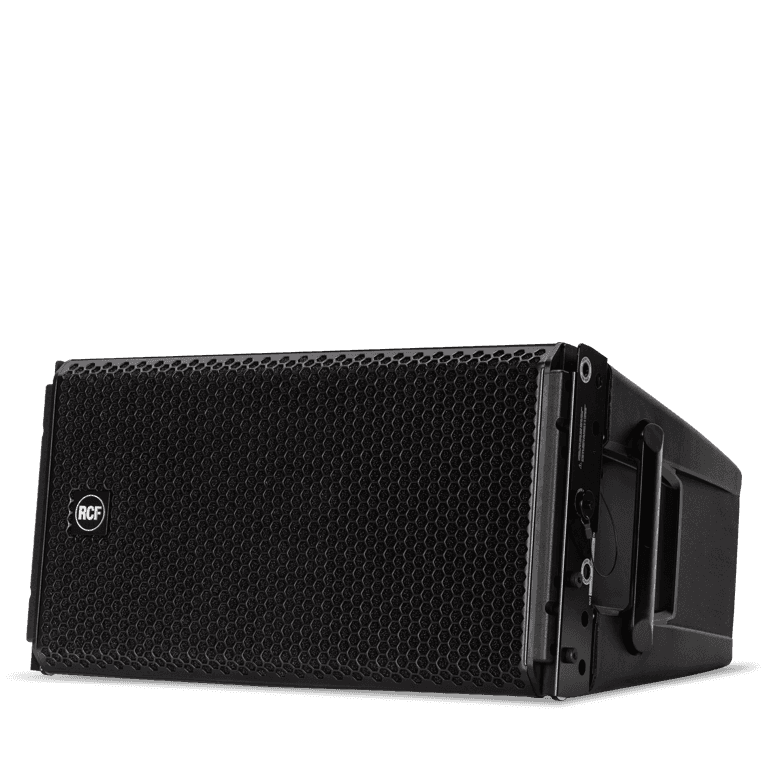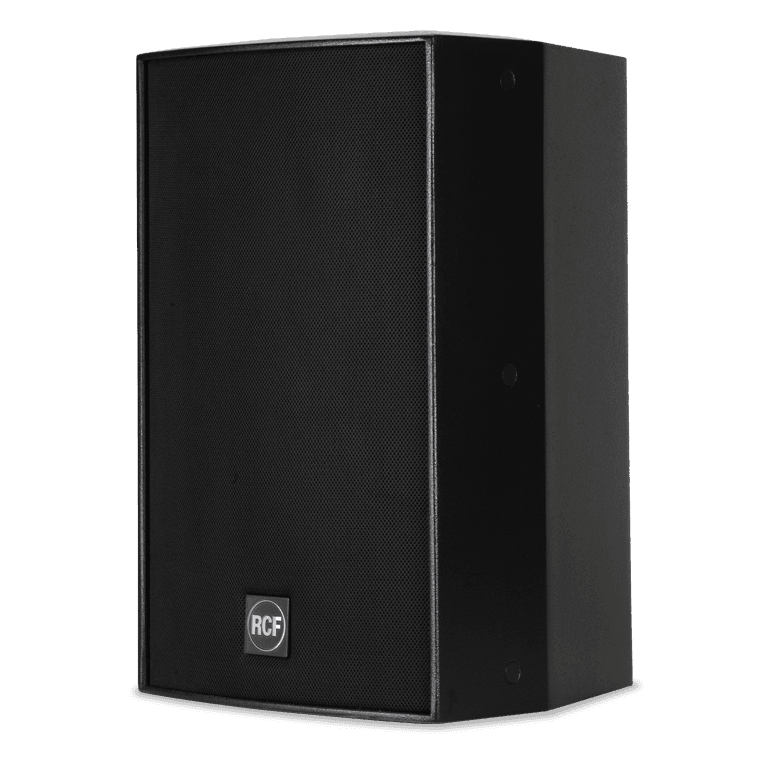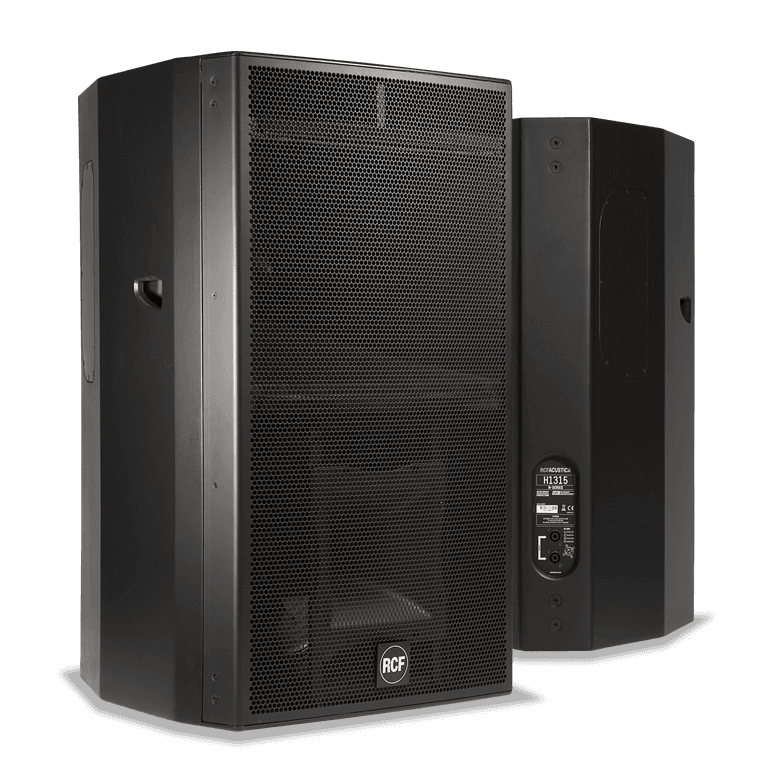RCF despliega su gran potencia en el estadio Legacy Arena de Alabama
RCF despliega su gran potencia en el estadio Legacy Arena de Alabama
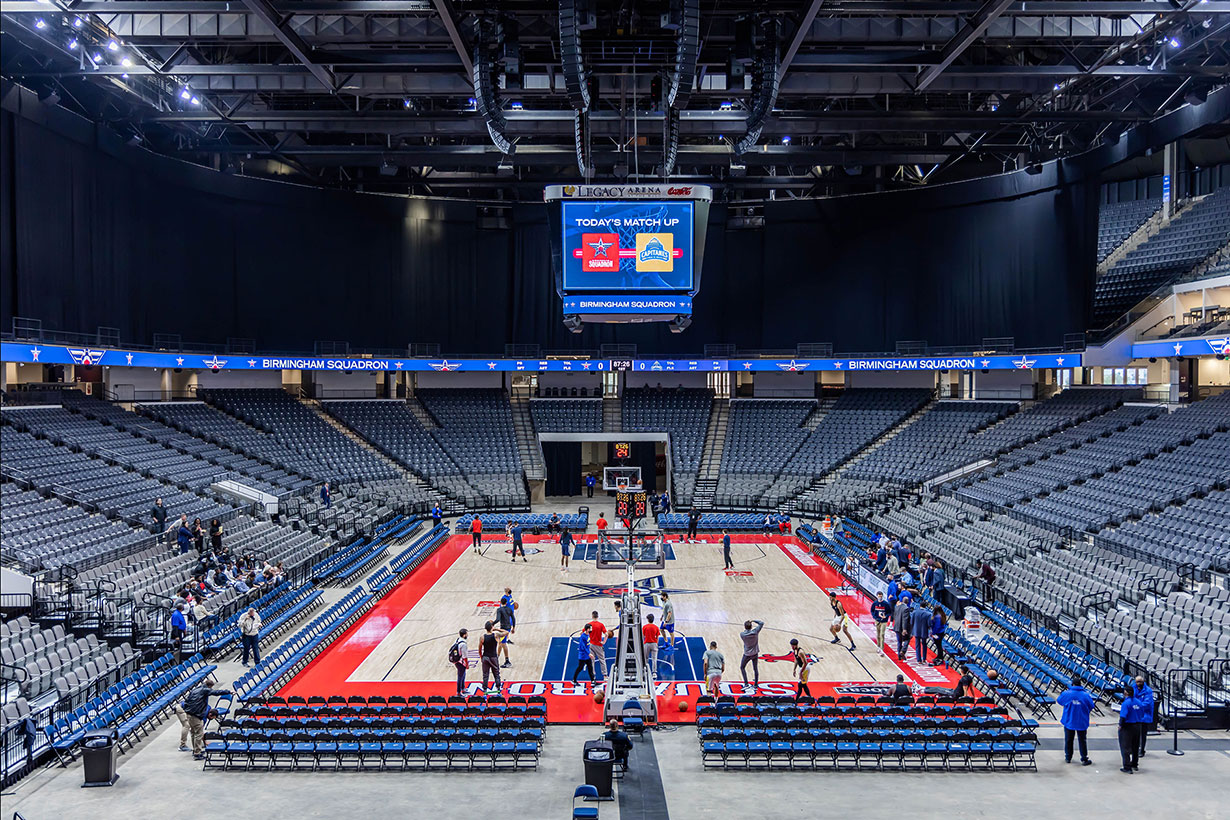
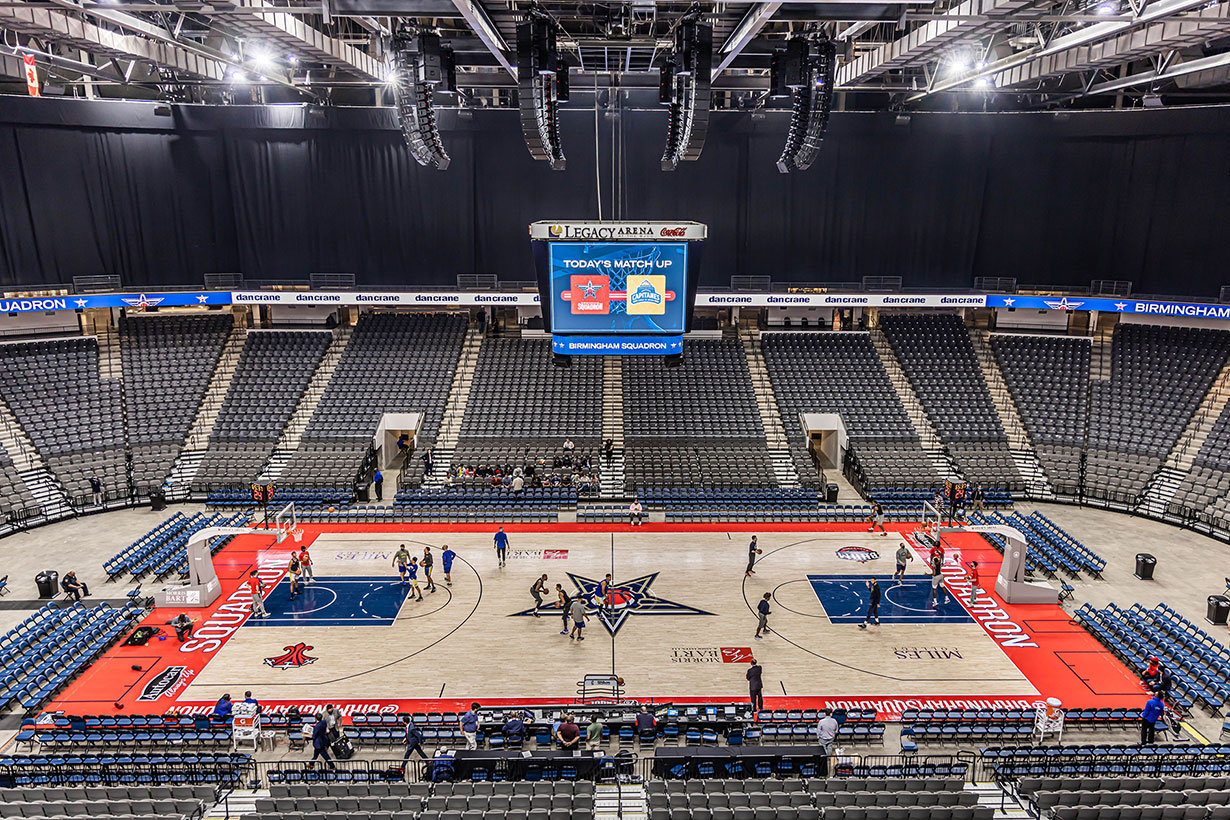
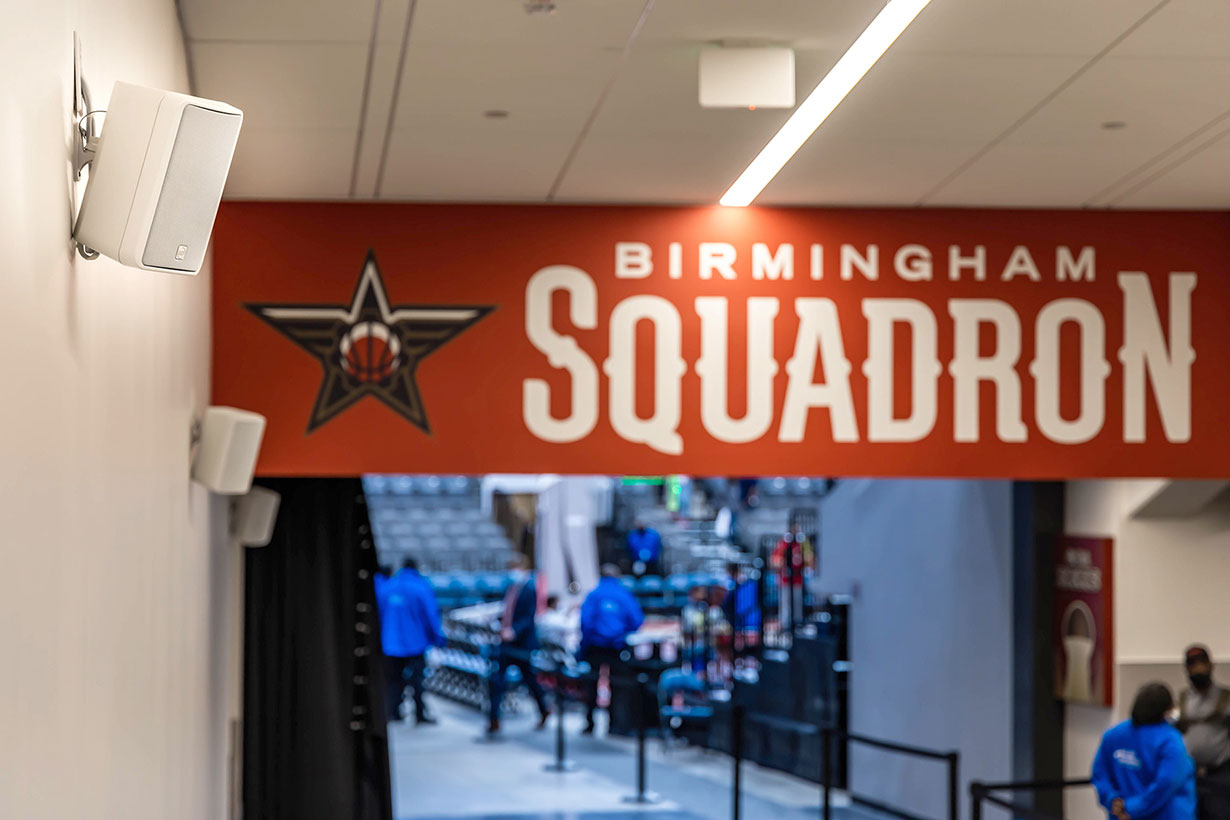
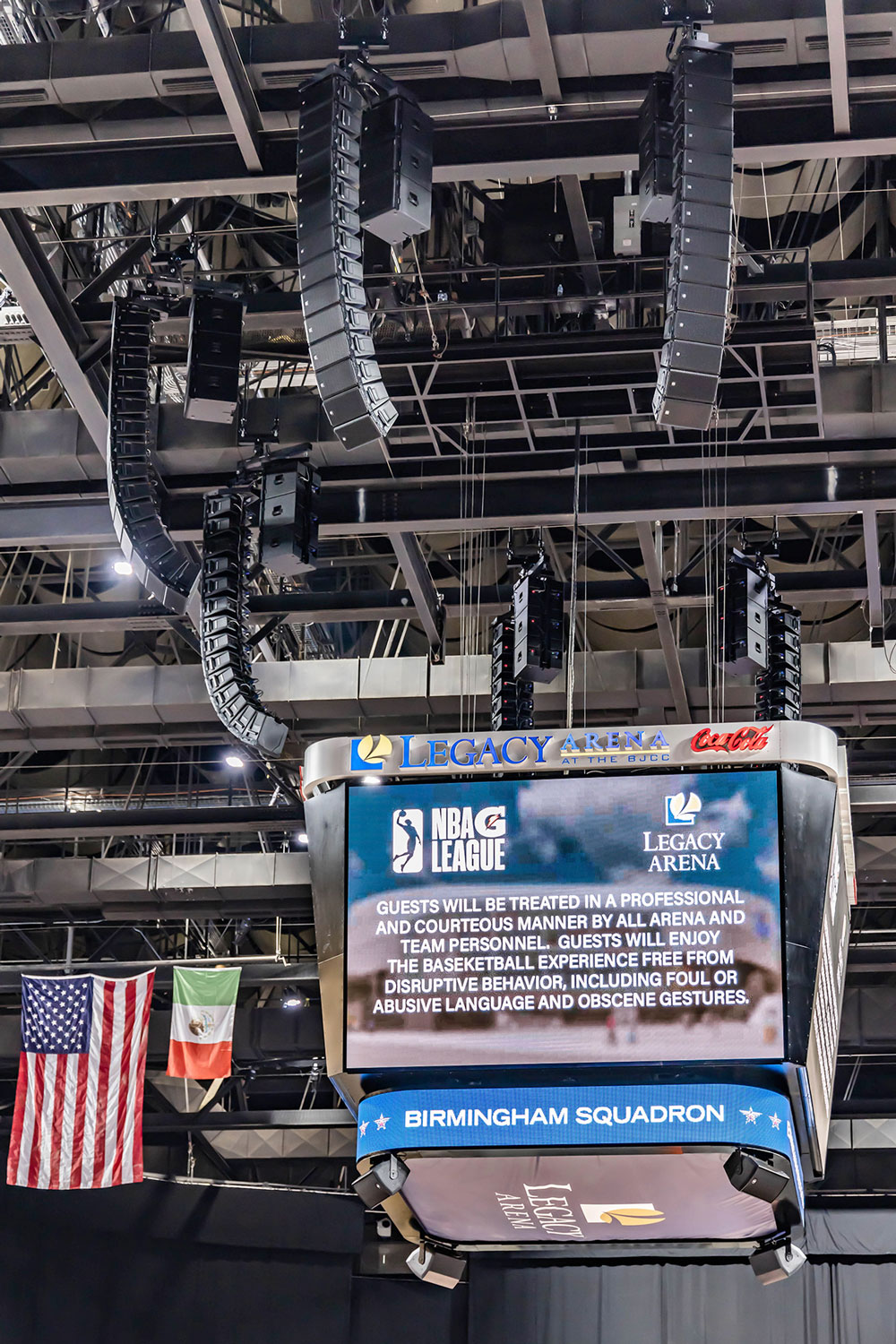
Birmingham, Alabama - El Centro de Convenciones de Birmingham/Jefferson (BJCC) se erige en el corazón del próspero Uptown Entertainment District de Birmingham. Este centro multiusos presume de sus 20 400 metros cuadrados y funciona como centro de conferencias y espectáculos de la ciudad. Entre algunas zonas de este centro, encontramos la sala de conciertos, con 3000 asientos, y dos teatros: uno con 1000 asientos y otro con 274. El Legacy Arena es su recinto de mayor tamaño, con 19 000 asientos y un sistema sonido recientemente renovado por completo.

Construido en 1976, el Legacy Arena es posiblemente el espacio que más se ha beneficiado de la impresionante renovación y expansión del Centro de Convenciones de Birmingham/Jefferson. Esta renovación comenzó sus obras en 2018, con un presupuesto de 300 millones de dólares. Algunos de los nombres más importantes de la música han actuado en él: Bob Dylan, Garth Brooks, Luciano Pavarotti, Prince, Led Zeppelin, Lynyrd Skynyrd, The Grateful Dead, Taylor Swift, JAY Z y ZZ Top, entre otros. También ha albergado eventos deportivos de gran envergadura, como partidos de baloncesto, hockey y tenis, además de espectáculos de todo tipo, como las competiciones de arrastre de tractores o el circo Ringling Bros. and Barnum & Bailey. Recientemente, ha sido elegido como sede del equipo de baloncesto Birmingham Squadron y el lugar de celebración de los eventos de danza y gimnasia del mundial de 2022.
Los arquitectos de Populous, empresa encargada del proyecto de renovación del centro, solicitaron los servicios de consultoría en diseño de audio de algunos de los mejores profesionales del sector: Wrightson, Johnson, Haddon y Williams de WJHW, compañía de Carrollton, Texas. El consultor sénior de WJHW, Guillermo Wabi, es un especialista que ha trabajado en muchos de los sistemas de audio y video de los estadios más grandes del país. Él y su equipo fueron los encargados de hacer frente a los desafíos y requerimientos del recinto para diseñar un sistema de sonido fiable que se adaptara a él.
“Imagine you have a venue with six unique areas — all having different sizes, elevations, and acoustic signature, while being open to each other, and having to be adaptable to multi-use scenarios.” explains Wabi. “To design a sound system for those areas, that sounds clear, intelligible, and balanced to everyone, along with providing performance and flexibility, and to be configurable for multiple scenarios by the venue staff, while also having limitations in maximum weight, size, and budget — it was quite a challenge.”
Wabi continues, “The primary sound system needed to be compact and lightweight with the acoustic performance and flexibility to cover not only the seating areas but also meet the various venue configurations for sports and live concerts. The support system [outside the arena] needed to match at the delay and fill positions, the tonal and acoustic qualities of the primary system, while maintaining an aesthetically pleasing formfactor. Since the arena concourse areas were redesigned to an open format, we wanted the back of house system to have a similar tonal quality as the primary and secondary systems. Often when you design a system for a project like this, there must be a minimum of three systems to choose from, especially when using government funds,” adds Wabi. “RCF became one of the three systems because of the variety of products and accessories in their portfolio that matched with the project needs and budget.”
While the physical and acoustic evaluations were reviewed and analyzed, the contractors hired ESB Group Inc. out of Springville Alabama, who’s main bowl sound system package was consisted of the RCF solution. “Arenas are always a very difficult environment to achieve intelligibility,” says Drew Breland, design engineer at ESB Group. “We’re always impressed with RCF performance, and it’s proven itself in this space,” adds Breland. The RCF solution is comprised with [112] HDL 28-A full-range line array modules and [24] flyable HDL 36-A subwoofers for the center of the arena, as well as a wide selection of speakers [RCF MR- and C-Series speakers] for 40 zones.
With many acoustical challenges sorted out, a few more practical challenges presented themselves. “When it came time to plan for the install of the arrays, we found we were limited with where we can put our motors to adjust the proper angle,” noted Breland. “We worked with outside fabricators to design custom brackets for this particular system. A “spine” system allowed each array to hang firmly in place from a horizontal top bar, while also allowing for each box to be in their corresponding angle. We could rotate the array vertically, as well as offset the position horizontally with pinpoint accuracy. Installation time for the first array took about an hour and half to figure out our center of gravity. From there the other 7 arrays took about 5 hours in total. All arrays were up within 8 hours.”

An integrated support system covered areas throughout the arena, under balcony, luxury suites, and corridors. “We installed various C-Series speakers, filling in all areas under balconies, supplemental to the main system. We also installed 25 MR-Series boxes for the back of house areas to provide additional coverage for the 12 suites. The arrays cover much of those areas, but it was important that every seat, in the back of the suites, had an equal listening experience,” add Breland.
Control of all zones was key to its success. “RDNET was deployed with this system to control the primary bowl system. “We spent a few days tuning with Oscar Mora [Senior System Engineer] from RCF. We tuned the arrays with RDNet and used Q-SYS for all the auxiliary zones. All things considered we felt the installation was very successful in space,” concluded Breland.
“We are more than satisfied with the deployment of this HDL system,” noted Jim Reed, System Designer at RCF USA. “The aesthetic blends into the structure and we’re happy to have surpassed all performance expectations.”
Photos provided by ESB Group.
Productos relacionados
C 3108-126
ALTAVOZ PASIVO DE DOS VÍAS
- Bocina de directividad constante CMD 90°x 60° CMD
- Sistema de bocina giratoria para usos con montaje en horizontal
- Driver de agudos con AMCDP (Protección del motor de compresión Active Mosfet)
- Red de Divisor LICC (Divisor compensado de baja impedancia)
HDL 36-AS
MÓDULO SUBWOOFER ACTIVO PARA VOLADO
- SPL máximo de 135 dB
- Amplificador de Clase D de 3200 watts
- Respuesta de frecuencia: 40-140 Hz
- Gestión en red RDNet
HDL 28-A
MÓDULO LINE ARRAY ACTIVO DE DOS VÍAS
- Amplificador de 2 vías de 2200 W
- SPL máximo de 135 dB
- Procesador DSP de 32 bits a 48 kHz
- Gestión de red RDNet
RDNET CONTROL 8
UNIDAD MAESTRA DE 8 SALIDAS
- Conexión del ordenador a RDNet a través de ethernet (control remoto) y USB (control directo)
- Control de hasta 8 canales con hasta 32 dispositivos por canal
- Todos los dispositivos se escanean de forma cíclica (“POLLING”) 10 veces por segundo
- Autodetección de la ubicación del dispositivo
C 5212-66
ALTAVOZ PASIVO DE DOS VÍAS
- Motor de compresión de 1.4" con montaje de diafragma de 2.5"
- Woofer de 15", bobina móvil de 3"
- Bocina de directividad constante CMD 60°x 60° (Diseño de Alineamiento de la Cobertura)
- Driver de agudos con AMCDP (Protección del motor de compresión Active Mosfet)
H 1315
THREE-WAY PASSIVE SPEAKER
- Compact Arrayable 3-way System
- 15" neodymium woofer with 4" voice coil
- 10" neodymium midrange
- 136 dB Max SPL
Cree su área de usuario.
